What to do if ice and snow make the roads slippery

Tip #1: Plan ahead
Before you set off, check different route options in case things change, allow extra driving time, plus stay up to date with traffic reports and weather news. You can get weather warning alerts from the Met Office. Make sure you also check your tyre pressures and that all your tyres (including the spare) are in good condition – tread depth should be at least 1.6mm by law, but many manufacturers recommend 3mm. Plus, remember to top up your screenwash and put antifreeze in your car's coolant reservoir.
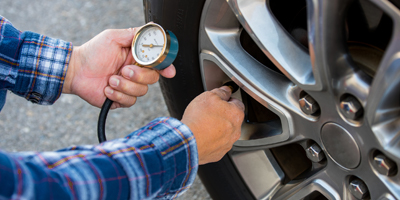
Tip #2: Defrost your car thoroughly
To get rid of windscreen ice always use an ice scraper (not things like credit cards as they can scratch glass). Also, never pour hot water on the ice as the sudden increase in temperature could crack the glass, instead use de-icer. On very cold mornings, hot water will also cool quickly and could refreeze.
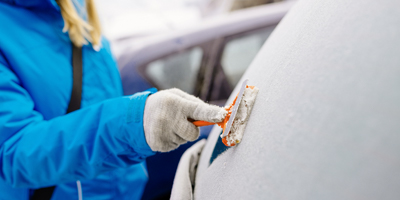
Tip #3: Clear all snow from the roof, windows and lights
Driving around with a layer of snow on your roof can be dangerous. It could slip onto your windscreen if you break suddenly or drop into the path of the car behind while you’re driving. More importantly, it’s actually a legal requirement to have unobstructed views while driving.
Tip #4: Take emergency supplies with you
This should include a torch, blanket and warm clothes, food and drink, first-aid kit, spade, warning triangle and high-vis vest. Make sure you also pack any essential medication.
Tip #5: Use your gears effectively
To help reduce the chance of wheelspin, use the highest gear possible and be conscious of your speed at all times. If stuck in snow, try not to spin the wheels as this will dig them into the ground. Instead, put your car into the highest gear you can and slowly move forwards and backwards to manoeuvre out.
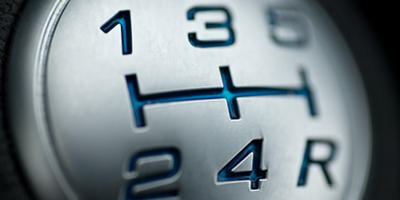
Tip #6: Leave 10 times the normal gap to the car in front
Maintaining a safe distance is always a good idea. This is vital in icy weather as your stopping time will be much longer and you’ll need to be able to brake gently, else you could skid.
Here’s the RAC’s advice on stopping distances.
Tip #7: Drive carefully at all times
Always brake gently to avoid locking the wheels. When slowing down, get into a low gear earlier than normal and allow your speed to fall gradually. Also, take corners slowly and steer gently – this will help avoid skidding.
Tip #8: Try not to panic if you skid
Don't hit the brakes if your vehicle skids. Instead, take your foot off the accelerator and steer slightly into the direction of the skid which should help you gain control.
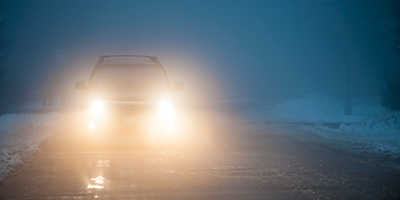
Tip #9: Dip your headlights
It’s always best to turn your headlights on when it’s snowing, but be conscious of using full beams and fog lights as they can dazzle other drivers. The Highway Code states that drivers must turn their headlights on when visibility reduces to less than 100m – so you can see other drivers and they can see you.
Make a note of our Claims Team's number if you're insured with us.
If the worst happens and you have an accident involving another car, please call 0345 603 7872 as soon as you can.
However, if yours is the only car involved in an accident, it's quick and easy to make a claim in My Account.
You might also be interested in
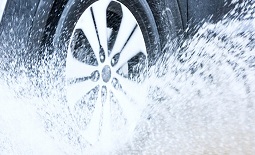
How to prepare for driving in heavy rain
It’s always worth checking different route options in advance in case things change...

How to prepare for stormy weather
If you’ve got space in a shed or garage, it makes sense to pack away chairs, tables and barbeques so they don’t get damaged.
